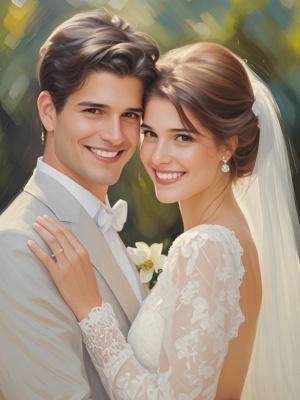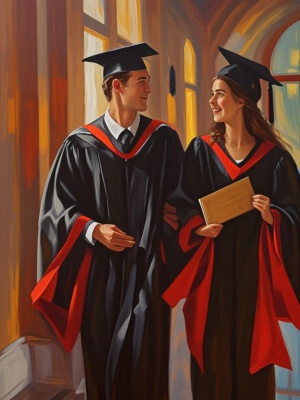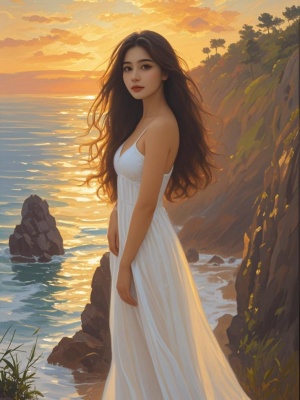The Art of Oil Painting Portraits: A Timeless Tradition
Oil painting portraits have captivated art lovers for centuries, offering a unique blend of realism, emotion, and artistic expression. From Renaissance masterpieces to contemporary works, oil portraits continue to be a cherished art form. This article explores the intricacies of oil painting portraits, addressing common challenges and providing expert solutions.
The Enduring Appeal of Oil Painting Portraits

Oil painting portraits stand as one of the most prestigious forms of artistic expression, with a history dating back to the 15th century. The medium's versatility allows artists to create stunningly realistic or dramatically stylized representations of their subjects. Unlike digital alternatives, each oil portrait carries the unique brushstrokes and texture that make it a one-of-a-kind masterpiece.
For those interested in exploring portrait art further, our gallery showcases excellent examples of both traditional and modern approaches to portraiture.
Key Elements of Successful Oil Painting Portraits
1. Capturing Likeness and Character
The primary challenge in oil painting portraits lies in accurately capturing both the physical likeness and the inner character of the subject. Many artists struggle with:
- Maintaining proper facial proportions
- Conveying emotion through subtle expressions
- Creating a sense of life and presence
The solution lies in careful observation and understanding of facial anatomy. As recommended by the National Gallery, studying master portraits can significantly improve one's ability to capture both likeness and personality.
2. Mastering Oil Painting Techniques
Oil painting requires specific technical skills that differ from other mediums. Common issues include:

- Controlling paint consistency
- Managing drying times
- Creating smooth skin tones
Professional artists recommend working in layers (the traditional fat-over-lean approach) and using quality materials. Our AI Painting Guide offers additional insights into modern approaches to portrait painting.
3. Composition and Background
A compelling portrait goes beyond just the face. The background and overall composition play crucial roles in:
- Establishing context
- Creating visual balance
- Directing viewer attention
Many contemporary artists are experimenting with combining traditional oil techniques with digital elements, as discussed in our AI Art Guide.
The Future of Oil Painting Portraits
While digital art gains popularity, oil painting portraits maintain their prestige and value. The tactile quality and depth of oil paintings cannot be replicated digitally. However, modern artists are finding innovative ways to combine traditional techniques with new technologies, creating hybrid forms of portraiture.

According to a recent study by the Metropolitan Museum of Art, the demand for traditional oil portraits has remained steady among collectors, with particularly strong interest in personalized family portraits.
Conclusion
Oil painting portraits represent a timeless art form that continues to evolve while maintaining its traditional roots. Whether you're an aspiring artist or an art enthusiast, understanding the techniques and challenges of oil portraiture enhances appreciation for this magnificent art form. For those interested in exploring portrait alternatives, our face swap technology offers a modern twist on personal portraiture.
The beauty of oil painting portraits lies in their ability to capture not just images, but the very essence of human experience - a quality that ensures their enduring relevance in our increasingly digital world.